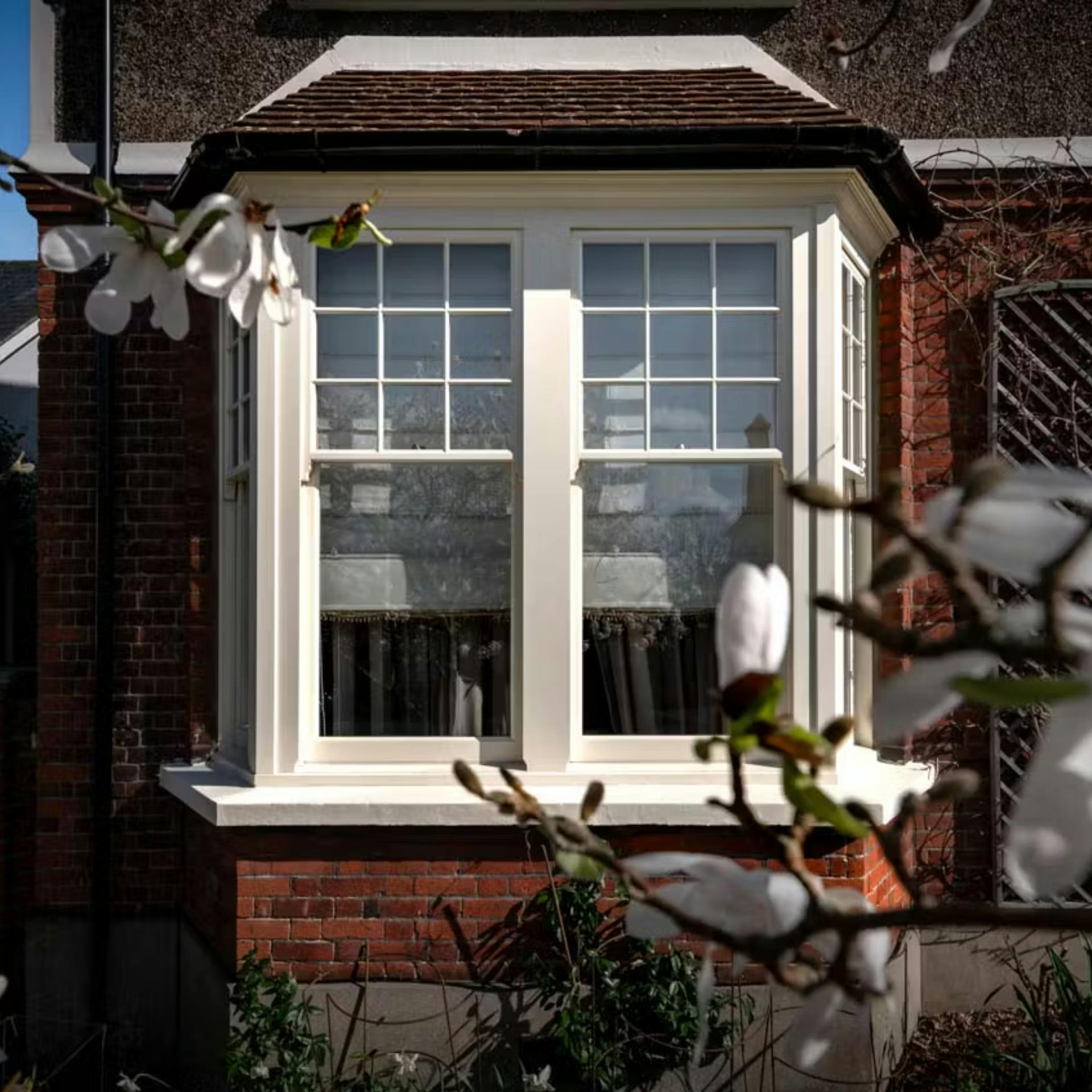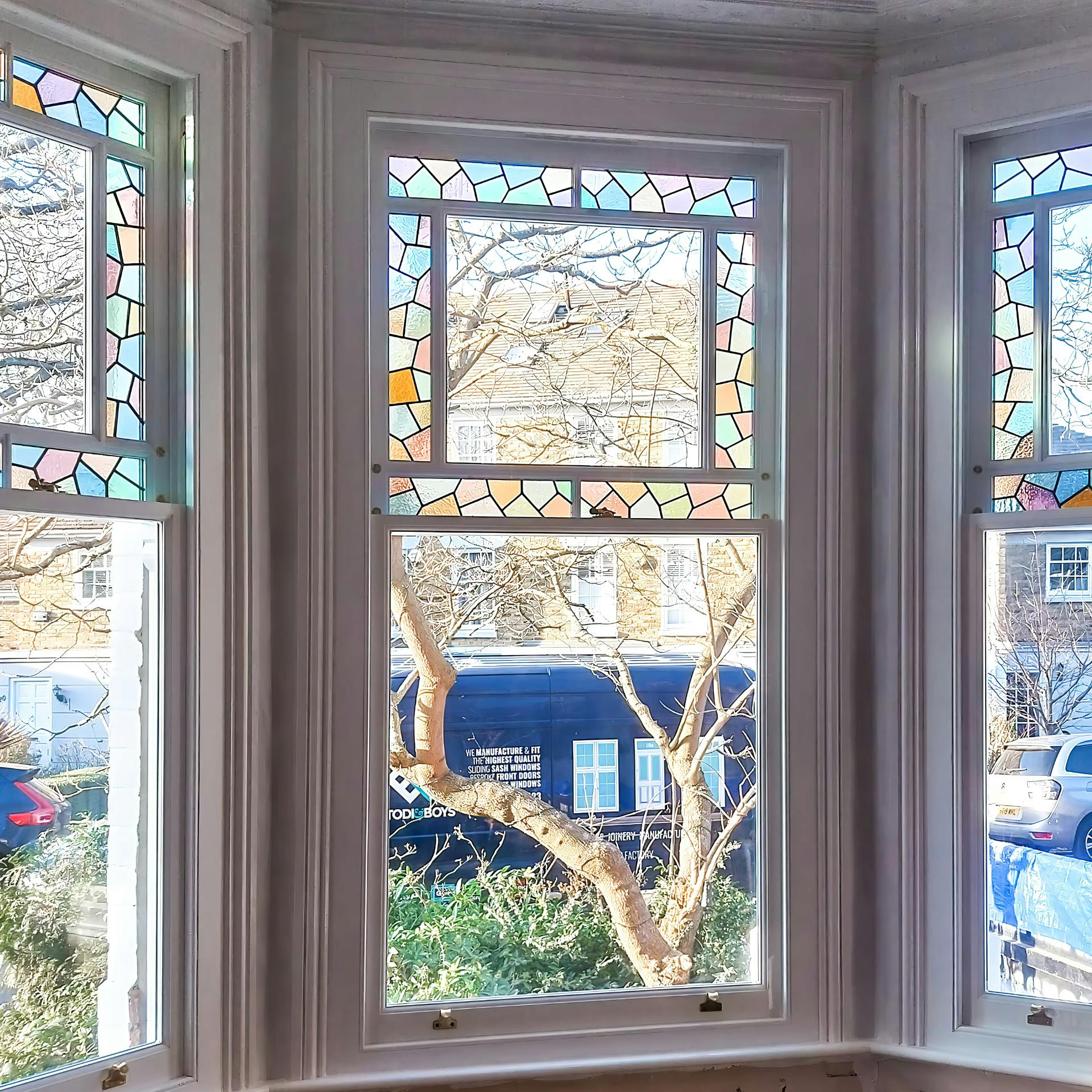Be prepared. When getting a quote to replace, repair or even clean and maintain your sash windows – wouldn’t you like to feel confident when referring to the different parts?
Well you might not care all that much… but for those who do, we’ve broken down the original sash window (how the window would have been made 100 odd years ago) into its components to help you sound like a pro.
Why the original sash window?
Nowadays, sash windows come in all different shapes, sizes, constructions and materials. Sometimes a new sash window will not have all the original components.
But anyone who sells a sash window would have seen enough of the original sash windows when installing or surveying to fully understand these terms. A universal sash window language.
Why take my word for it?
Todi has almost two decades of experience working within London’s conservation areas so he’s seen every type, shape and size of sash windows but needless to say he wasn’t around 100 years ago – sorry.
In the company we use John Wilson’s 1908 edition of ‘Wilson’s Carpentry and Joinery’ when making decisions about our sash window construction (Fun fact: the original book cost Three Shillings and Sixpence).

A page taken out of the book detailing a sash window construction within the brickwork.
A sash window explained
The sash window frame is broken down into several sections, the principal behind a box sash window is that the frame is hollow and allows for weights to be housed.
- The internal casing
- Pulley stile
- Outside casing
- Sash sill
- Back Lining
The sashes are the two parts that are held within the frame that slide up and down. They are counter balanced with a mechanical pulley and weight system.
Within the sash itself we have
- Side stile
- Top stile
- Meeting rail
- Bottom rail
- Moulding
- Glazing Bar
- Double Glazing
The top sash is hung in the window first and is pressed against the outer casing. The parting bead does just that, it parts the top and bottom sash and so the parting bead goes in next.
The bottom sash is hung against the parting bead and the staff bead is put inside to hold the bottom sash in place.
- Parting Bead
- Staff Bead
- Weights
- Pulleys
Sash windows need a gap in order to slide properly, as the sashes expand and contract over the seasons this gap is needed for the sashes not to get stuck. Different companies put their draught seals in different areas of the sash but we’ve shown where we put ours.
That’s about it! You’re now a sash window pro – congratulations!






